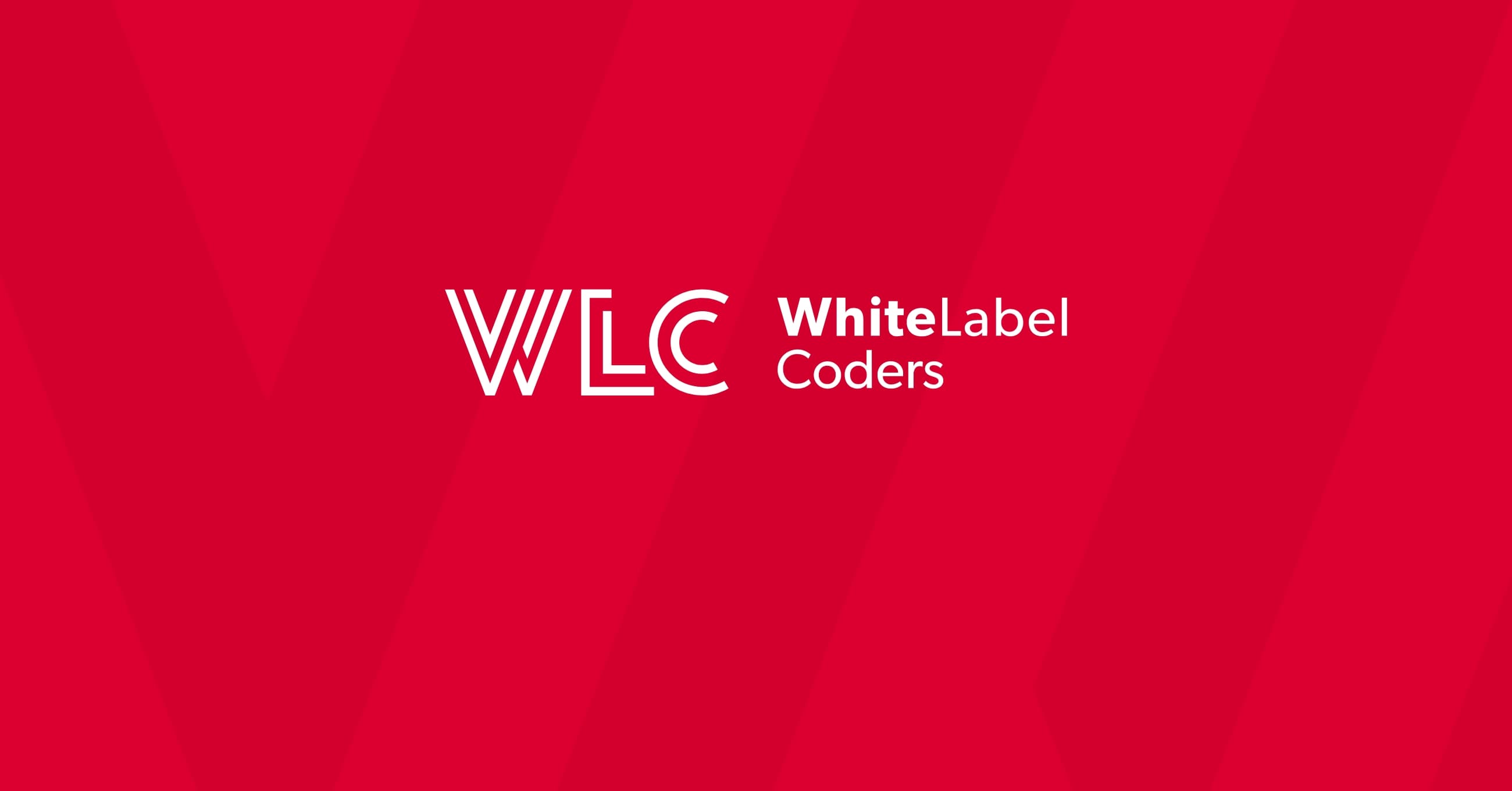Category: SEO AI
What are WordPress custom post types?

Ever wondered why some WordPress websites seem to effortlessly organise complex content whilst others struggle with the basic post and page structure? The secret often lies in understanding and implementing custom post types – one of WordPress’s most powerful yet underutilised features.
If you’ve ever tried to squeeze a product catalogue, team member profiles, or portfolio items into standard blog posts, you’ll know the frustration. WordPress custom post types solve this challenge by allowing developers to create entirely new content structures tailored to specific needs. Whether you’re building a simple business website or a complex web application, mastering custom post types is essential for any serious WordPress developer.
In this comprehensive guide, we’ll explore everything from the fundamental concepts to advanced implementation strategies, helping you unlock WordPress’s true potential for content organisation and management.
Understanding WordPress custom post types fundamentals
At its core, WordPress operates on a simple content management principle: everything is a post. Blog posts, pages, media attachments, and even navigation menus are all stored as posts in the database, differentiated by their post type.
WordPress ships with several built-in post types including ‘post’ for blog entries, ‘page’ for static content, ‘attachment’ for media files, and ‘revision’ for tracking content changes. However, these default options often fall short when you need to manage specialised content.
Custom post types extend this system by allowing you to define new content categories with their own unique properties, fields, and behaviours. Think of them as content templates specifically designed for your particular use case – whether that’s products, testimonials, events, or any other structured content.
The key difference lies in purpose and presentation. Whilst blog posts are designed for chronological content with categories and tags, custom post types can be structured entirely differently. A ‘Product’ post type might prioritise price and specifications over publication date, whilst an ‘Event’ post type could focus on location and timing.
What are WordPress custom post types and why use them?
A custom post type is essentially a new content category that you define within WordPress, complete with its own admin interface, database structure, and display rules. Rather than forcing all your content into the blog post format, custom post types let you create purpose-built content structures.
Consider a restaurant website that needs to showcase menu items, staff profiles, and customer testimonials. Using standard posts would create a confusing jumble of content types. Custom post types solve this by creating separate ‘Menu Item’, ‘Staff Member’, and ‘Testimonial’ post types, each with appropriate fields and organisation.
Custom post types transform WordPress from a simple blogging platform into a flexible content management system capable of handling any type of structured data.
The business value becomes clear when you consider content management efficiency. Editors can focus on relevant fields for each content type, whilst developers can create targeted templates and functionality. This separation also improves SEO by allowing more specific URL structures and metadata optimisation.
Professional WordPress custom development often relies heavily on custom post types to create sophisticated web applications, from e-learning platforms to multi-vendor marketplaces.
How do custom post types work in WordPress?
Understanding the technical foundation helps you implement custom post types more effectively. WordPress stores all content in the wp_posts table, using the ‘post_type’ column to differentiate between various content types.
When you register a custom post type, WordPress creates new admin menu items, applies appropriate capabilities, and establishes URL rewrite rules. The registration process involves defining parameters such as public visibility, admin interface options, and supported features like thumbnails or custom fields.
Database structure and integration
Custom post types leverage WordPress’s existing infrastructure. Your content shares the same database tables as standard posts, benefiting from built-in features like revisions, meta data storage, and relationship management. This integration means custom post types automatically work with WordPress’s caching, security, and backup systems.
The registration process hooks into WordPress’s initialization sequence, typically during the ‘init’ action. This timing ensures your custom post types are available throughout the WordPress lifecycle whilst avoiding conflicts with core functionality.
Creating custom post types: methods and implementation
You can create custom post types through several approaches, each suited to different scenarios and skill levels.
Functions.php method
The most direct approach involves adding code to your theme’s functions.php file using the register_post_type() function. This method offers complete control over every parameter but requires PHP knowledge and careful attention to syntax.
Plugin development approach
Creating a dedicated plugin for your custom post types provides better portability and maintenance. This approach separates functionality from theme code, ensuring your post types survive theme changes. It’s particularly valuable for complex implementations or when working with multiple developers.
User-friendly alternatives
Several plugins simplify custom post type creation through visual interfaces. These tools generate the necessary code whilst providing user-friendly configuration options, making custom post types accessible to less technical users.
| Method | Best For | Skill Level | Portability |
|---|---|---|---|
| Functions.php | Simple implementations | Intermediate | Theme-dependent |
| Custom Plugin | Complex projects | Advanced | Excellent |
| GUI Plugins | Quick prototypes | Beginner | Plugin-dependent |
Custom post type fields and meta data management
Raw custom post types provide structure, but custom fields add the specific data points that make them truly powerful. Meta data management becomes crucial when you need to store and retrieve specialised information beyond the standard title and content.
WordPress’s meta data system allows unlimited custom fields for each post, stored in the wp_postmeta table. However, managing these fields effectively requires careful planning and often additional tools or code.
Advanced field management
Professional implementations often integrate with field management systems that provide enhanced input types, validation, and conditional logic. These tools transform the basic WordPress editor into sophisticated content management interfaces tailored to specific needs.
Data structure optimisation becomes important as your custom post types grow in complexity. Consider how fields relate to each other, which ones need indexing for search functionality, and how they’ll be queried on the front end.
Troubleshooting common custom post type challenges
Even experienced developers encounter common pitfalls when implementing custom post types. Understanding these challenges helps you avoid frustration and deliver more reliable solutions.
URL rewrite issues
Custom post types often struggle with permalink structure, particularly after initial registration or server changes. Flushing rewrite rules typically resolves these issues, but prevention through proper slug configuration works better.
Template hierarchy conflicts
WordPress follows specific rules when selecting templates for custom post types. Understanding this hierarchy prevents display issues and ensures your content appears as intended. Creating appropriately named template files resolves most conflicts.
Query modifications
Including custom post types in search results, archives, or RSS feeds requires deliberate query modifications. WordPress doesn’t automatically include custom content in these areas, necessitating custom code or plugin solutions.
Advanced custom post type applications and best practices
Professional WordPress development leverages custom post types for sophisticated applications that go far beyond simple content organisation. Understanding these advanced patterns opens possibilities for complex web applications built on WordPress foundations.
Multi-site implementations require careful consideration of custom post type registration across network sites. Global registration versus site-specific types affects content management workflows and administrative overhead.
REST API integration becomes crucial for modern web applications, particularly those involving JavaScript frameworks or mobile applications. Ensuring your custom post types expose appropriate endpoints enables headless WordPress implementations and third-party integrations.
Performance optimisation grows in importance as custom post type implementations scale. Database query efficiency, caching strategies, and field indexing all impact user experience and server resources.
Mastering WordPress custom post types for development success
Custom post types represent WordPress’s evolution from blogging platform to comprehensive content management system. They enable developers to create structured, maintainable solutions that serve specific business needs whilst leveraging WordPress’s robust foundation.
Success with custom post types requires understanding both the technical implementation and the content strategy implications. Consider how editors will use the system, how content relationships work, and how the structure supports long-term growth.
The investment in learning custom post types pays dividends across your WordPress development career. They’re fundamental to creating professional, scalable solutions that truly serve client needs rather than forcing content into inappropriate structures.
Whether you’re building simple business websites or complex web applications, custom post types provide the flexibility and structure needed for professional WordPress development. Start with simple implementations, understand the underlying principles, and gradually tackle more sophisticated applications as your confidence grows.

